What is Fine-Art Photography?
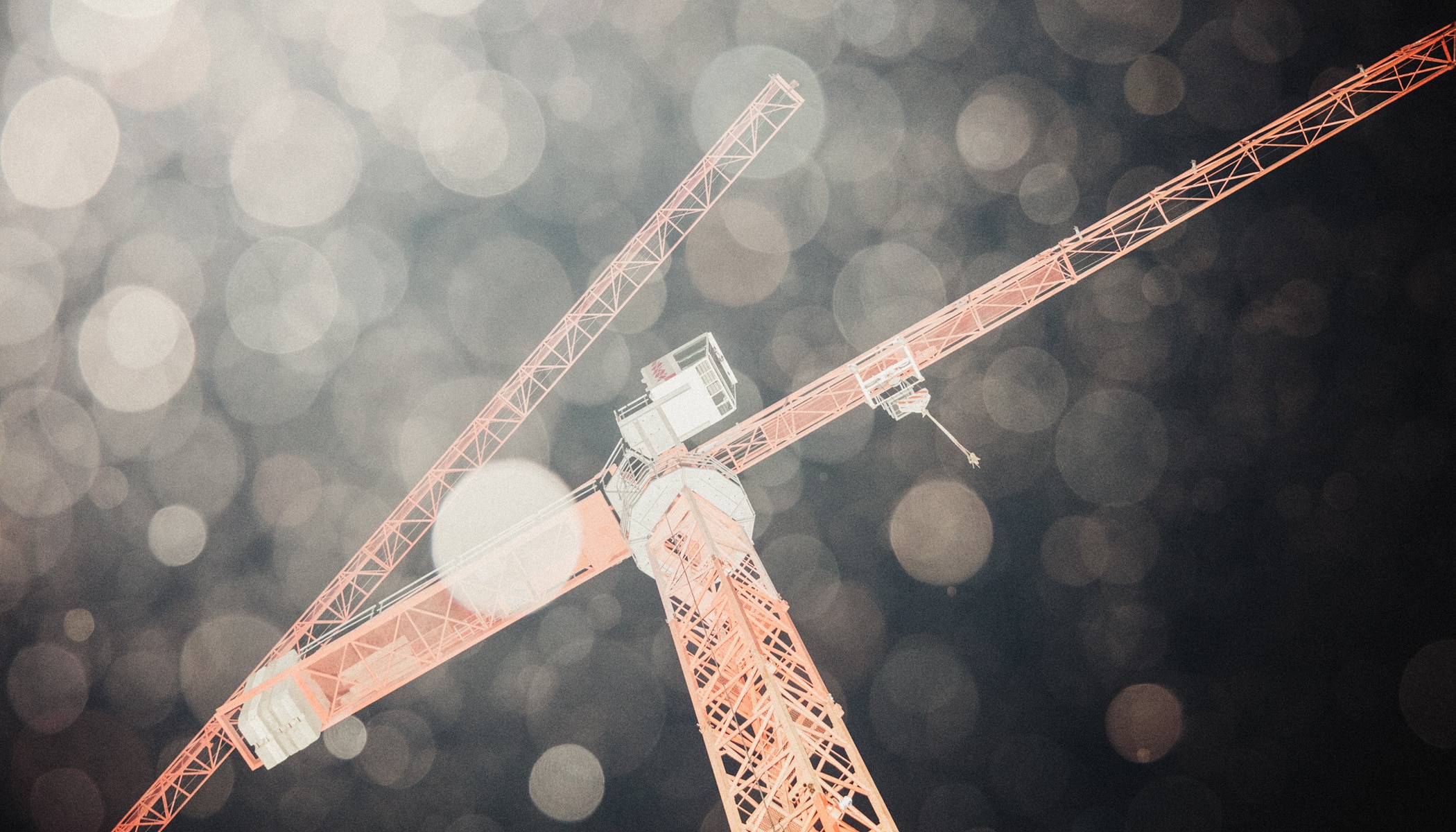
Creating art or just kitsch? What makes something art? When does a photographer become a fine-art photographer? And what exactly is this elusive, sometimes mythical genre? Does it always include nudes? Is fine-art photography still evolving? And what is fine-art photography exactly?
There are countless views of what qualifies as art. I’ll share my perspective on what can be considered fine-art photography, how to approach it, and how it contrasts with more craft-driven photography. Can someone be a technically skilled photographer and an artistic one at the same time?
Art
Let’s start with the core question—What is fine-art photography? You could easily find a definition on Wikipedia or ask AI, but that won’t tell you everything. Art evolves, just like society. It changes with the times, responding to history, culture and how we see ourselves. So there’s no simple answer to the question of what is or isn’t art.
Kitsch
At the other end of the spectrum lies kitsch. It’s simpler and more straightforward. Kitsch is often seen as “lowbrow” art, appealing to our most basic visual instincts. It’s technically easy to produce and there’s no deep message behind it.
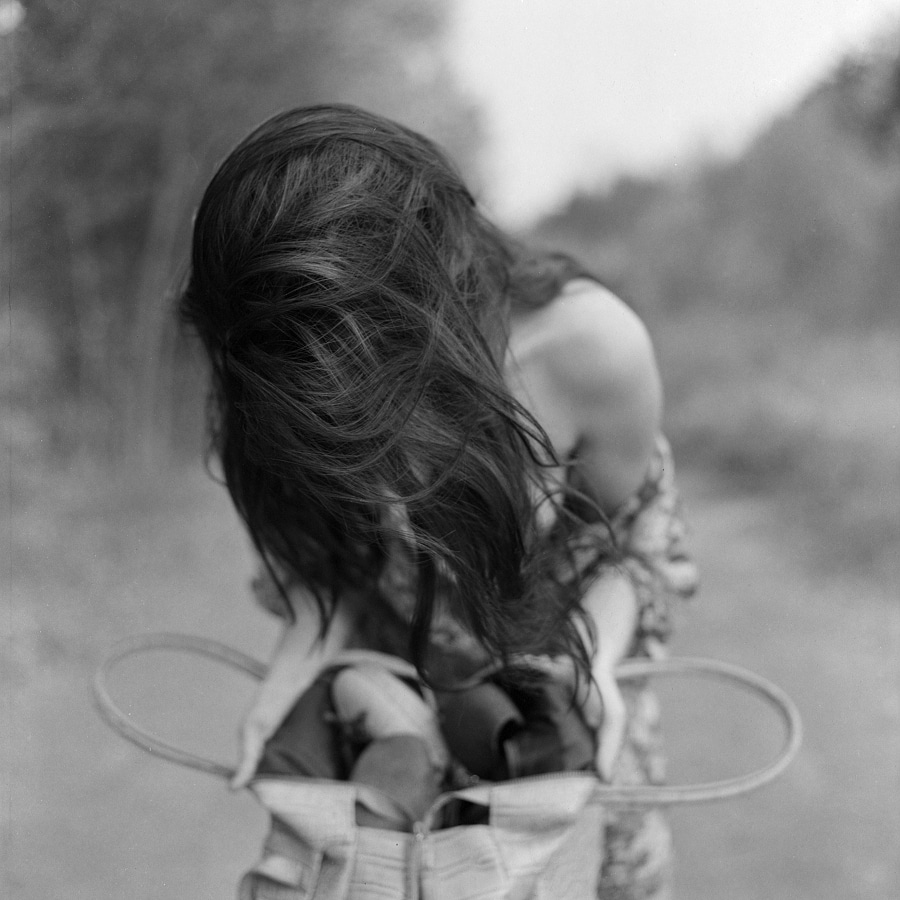
Craft and skill
This connection is very important. I often find that the general public belittles art such as sculptures in public places, whether they are made from wood or other materials.
What to take away
If you look at social media, often considered the voice of the public, art tends to be much more debated and controversial. It provokes questions and sparks debate. As people change, so do their views on art. But one thing remains—real art sticks with you, kitsch doesn’t.
The overlap—When a photo says something
What is and isn’t fine-art photography? And what is often mistaken for fine-art photography? In short, fine-art photography should have some overlap. Fine-art photography says something and has a message that stems from the photographer’s own creative vision. At first glance, it might even seem flawed or unpolished. But this is not an accident. Fine-art photographers aren’t concerned with technical perfection because they’ve already mastered it. They could replicate their style at any time.
It’s all about intention—a photograph can be technically perfect, or on the contrary, deliberately not address the technical aspect at all.
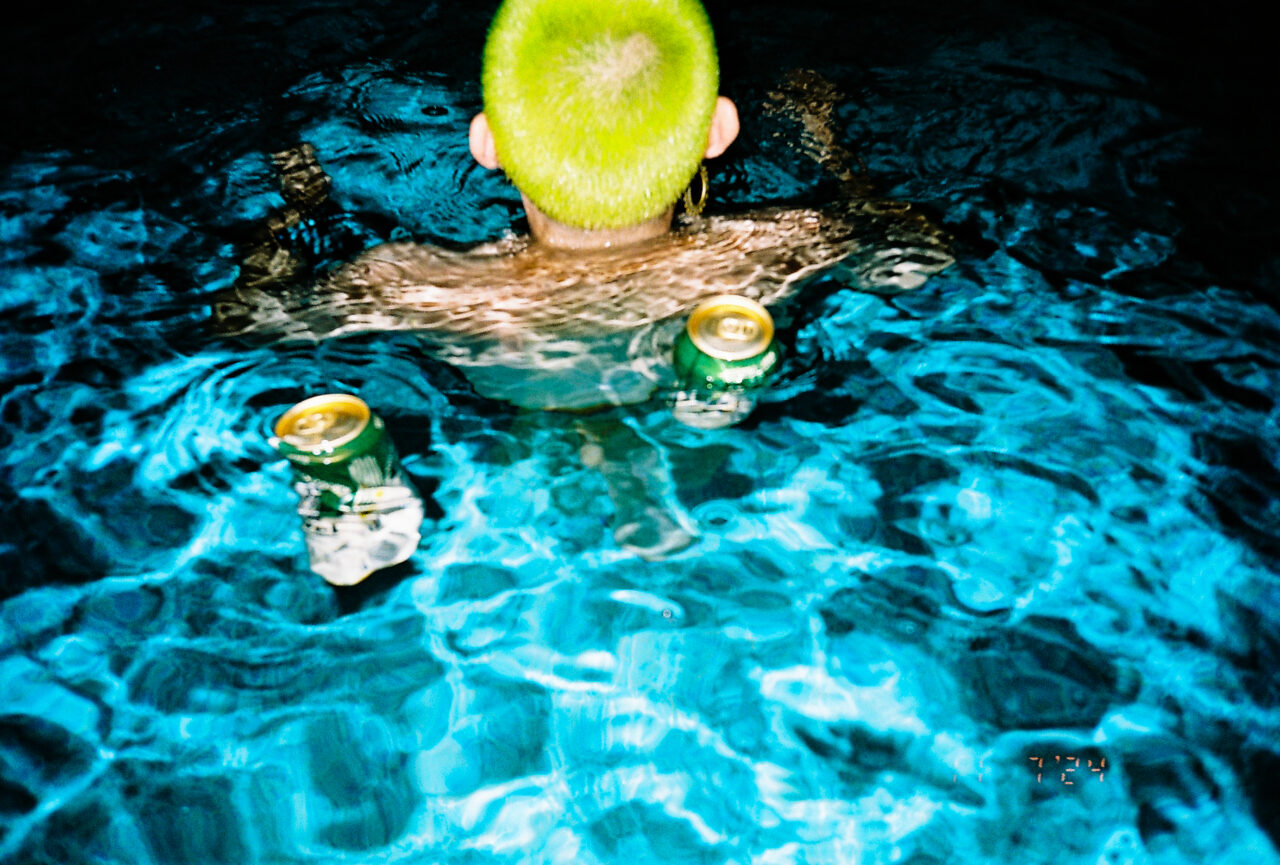
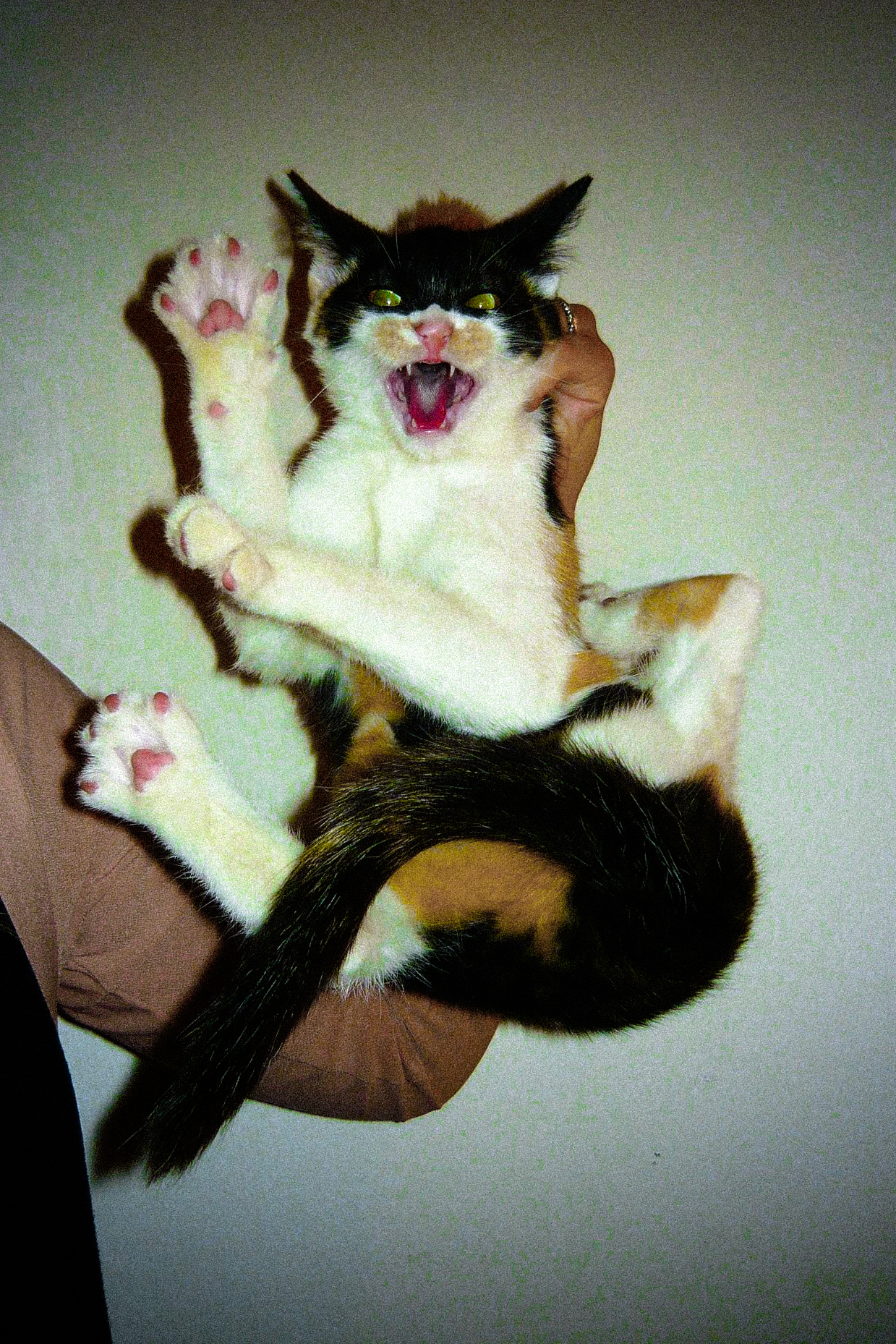
These photographs read like visual diary entries and reveal more about the artist’s life than any polished, posed photo ever could. Photo credit: Karolína Shambi Štiková
What fine-art photography isn’t
“I want some fine-art photos—You know, the ones with the blurry background.”
Every photographer has heard this. But shallow depth of field doesn’t equal fine art. There’s a lot more to it.
“If your photo doesn’t work, just convert it to black and white and call it art.”
This joke floats around amateur photography circles. Yes, fine-art photos can sometimes resemble failed shots, but the difference is that the artist can recreate them with purpose.
“If there’s nudity, it must be art.”
Absolutely not. While nudes can be part of artistic expression, nudity alone doesn’t make a photo art. In today’s world, a classical nude, which has existed since the beginning of fine art, isn’t enough to carry an artistic message on its own.
Fine-art photography does not spell everything out
Art isn’t direct. It’s meant to provoke questions and spark discussion. It is not supposed to tell the viewer what to think. It uses various means of expression, metaphors, and symbolism to provoke questions, emotions, and doubts in the viewer. The true meaning of fine-art photography is often hidden, waiting for the viewer to find it.
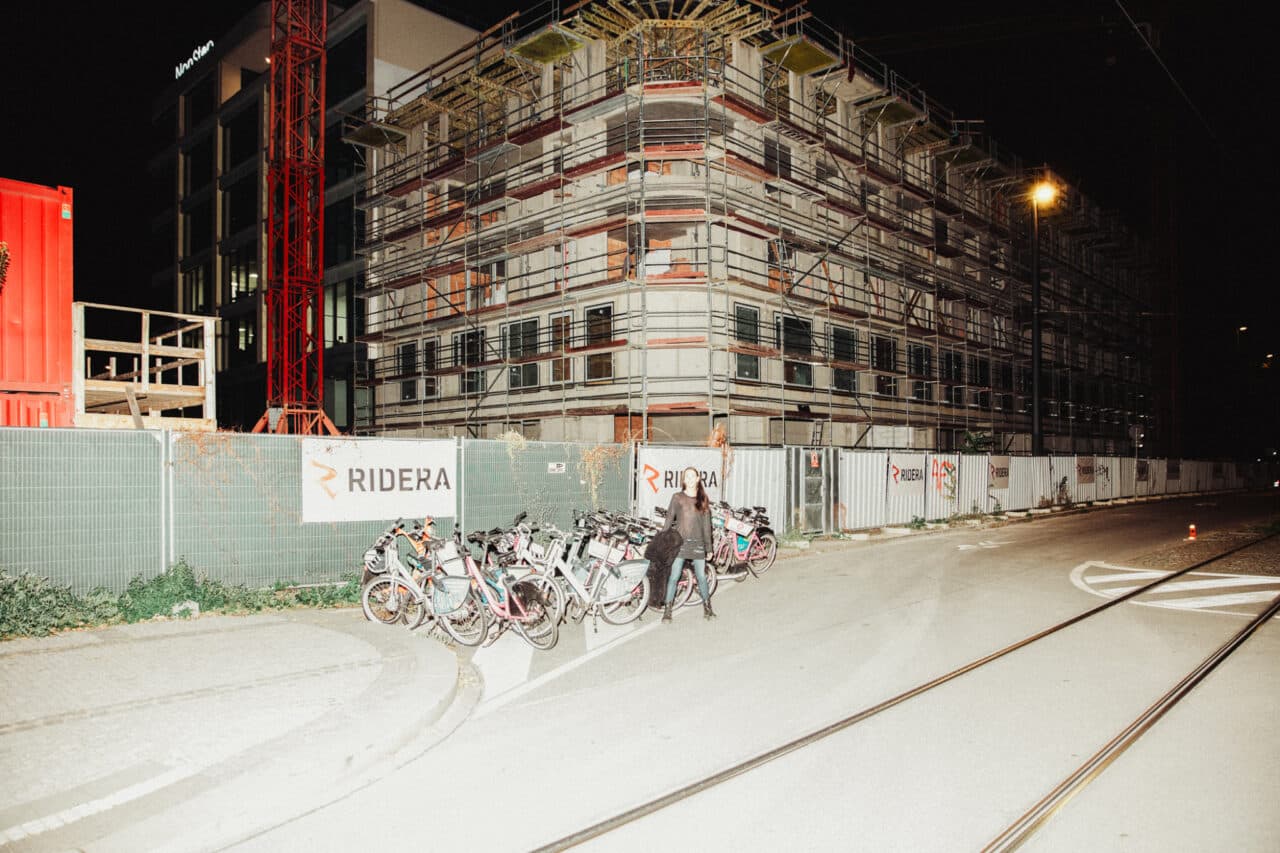
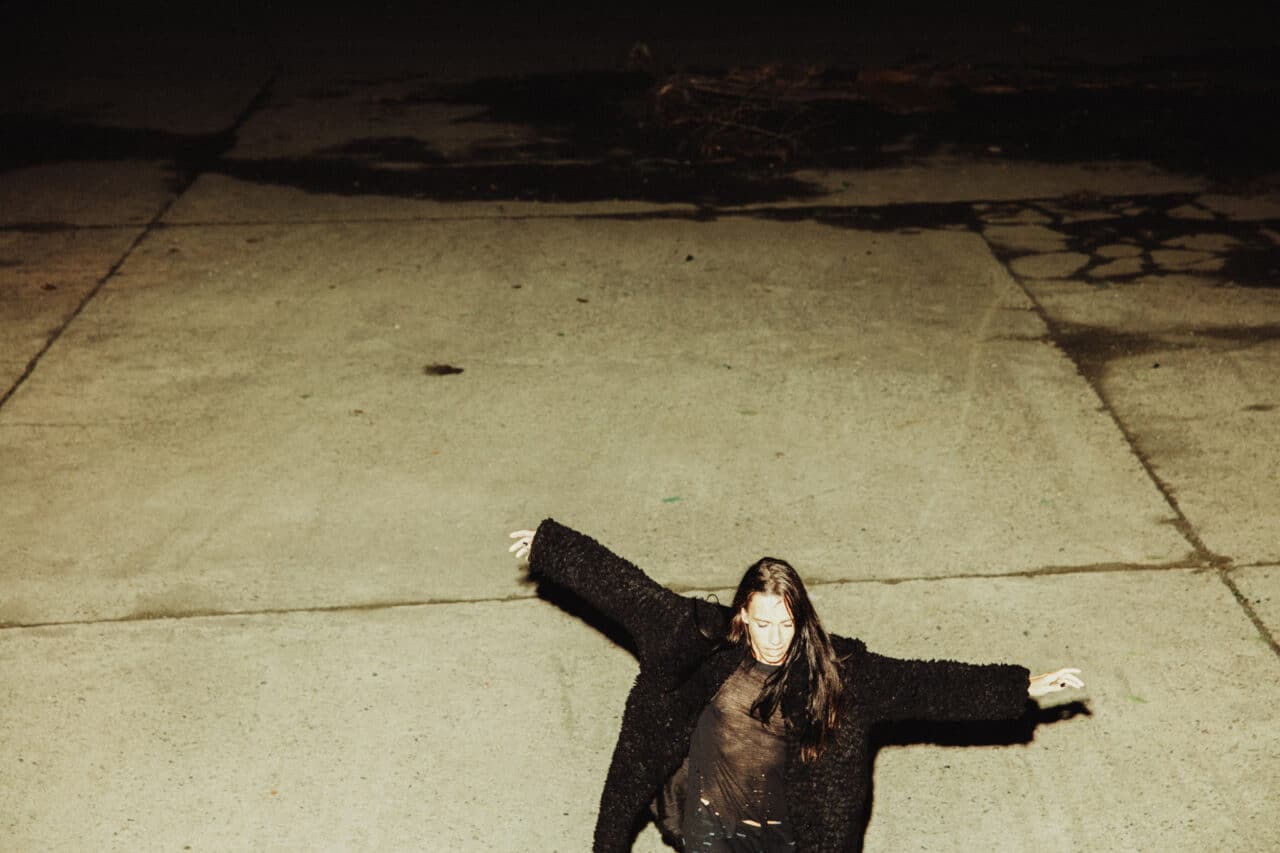
These photos are connected, but the connection isn’t obvious. The viewer has to find their own interpretation.
Seeing the bigger picture
At first glance, a photograph either works or it doesn’t. The basis of a good photograph is that you have to trust it. But to really understand fine-art photography, you need to look at the photographer’s broader body of work, not just one photograph in particular.
It may be that a great photograph with artistic potential is produced, but it needs to be viewed in the wider context of the artist’s work. As I mentioned before, the artist should be able to replicate a similar photograph.
This is the opposite of: “If it doesn’t work, make it black and white and call it art.”
If I don’t do fine art, am I less of a photographer?
No. And I’ll say it again—no.
Not every photographer wants to create fine art. Sometimes these photographers feel the need to dismiss fine art altogether. However, these arguments rarely hold up under closer inspection.
Being a fine-art photographer doesn’t mean you aren’t an excellent craft photographer with other skills who creates powerful images without ever aiming to make “art.”
That said, over time, fine-art photography, built on free expression, tends to have a longer-lasting and deeper impact.

There are no comments yet.